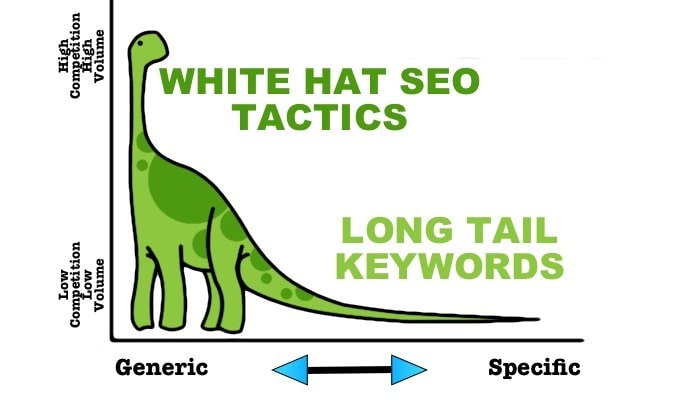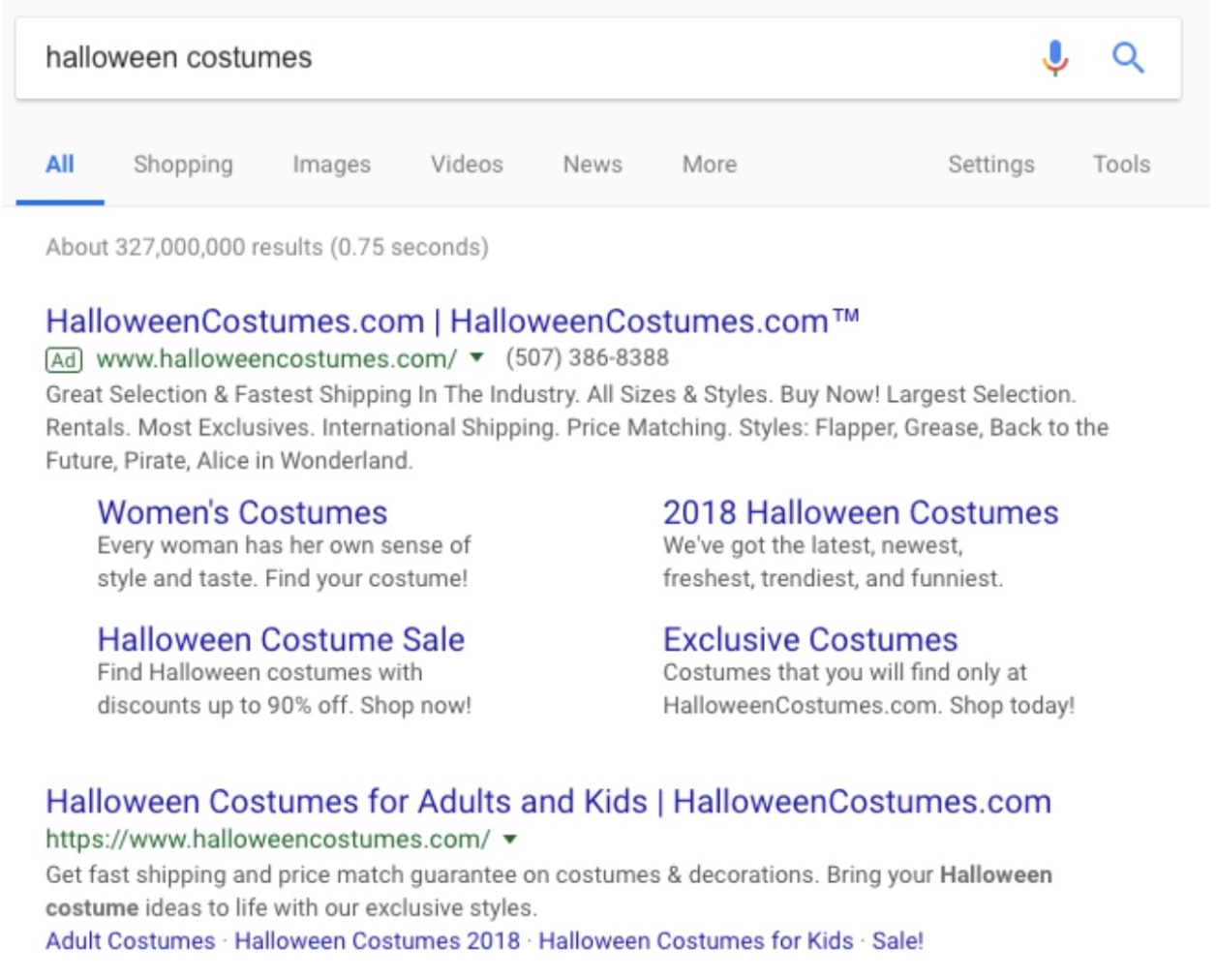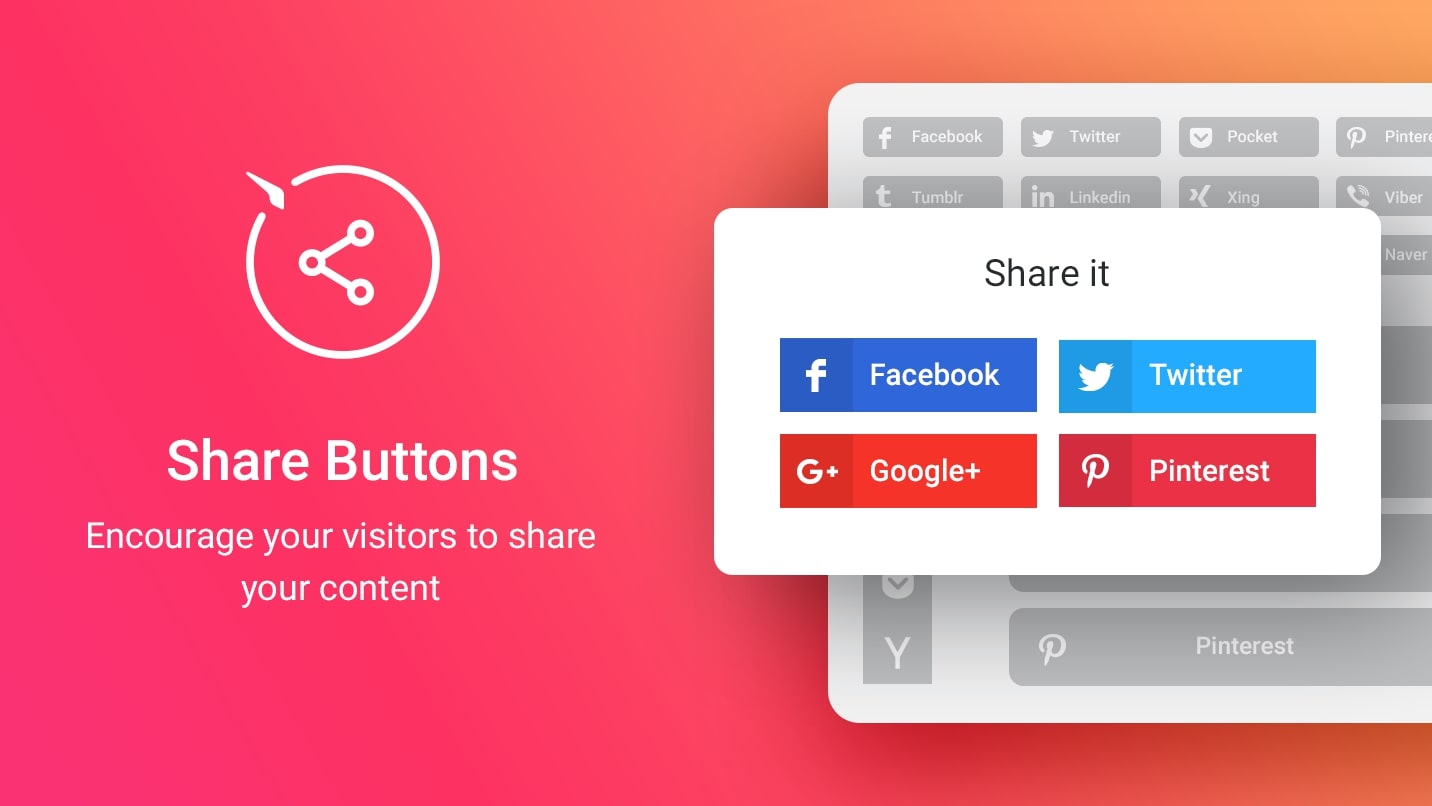How to Attract Traffic to your Website?
You know you’re a marketer when you’re stuck in traffic on the highway and all you can think about is “Why can’t I attract traffic to my website like this?”
You’re not alone if you’ve struggled to drive traffic to your website. According to Content Marketing Institute’s 2019 study, 61 percent of content professionals struggle with knowing what is most important to their customers, 50 percent struggle with knowing the audience’s target at a specific stage of the customer’s journey, and 49 percent struggle with knowing the steps in the customer’s journey.
It’s difficult to glance back to see what’s driving traffic to your site and what isn’t while you’re writing a new blog post, posting on social media, and planning a new email campaign. In this article, I will share with you the best tactics you can use to attract traffic to your website, generate more leads, as well as improve ROI. Let’s jump right into the details!
What is Website Traffic?

The number of visitors to your website is indicated by website traffic. Analytics software will often tell you the total number of pageviews as well as the total number of specific pageviews. Pageviews are the cumulative number of times anyone has visited your site, while unique pageviews indicate how many people have visited your site — some multiple times, some only once.
How to attract traffic to your website

Driving traffic to your website is one of the most important goals you need to pay attention to as an eCommerce business. Your website is the equivalent of a brick-and-mortar store on the Internet; if no one visits your store, you’re not going to sell anything. Here are the best practices you can use to attract traffic to your website.
1. Optimize your website for search

When you first start off, concentrate on discovering keywords that reflect your niche to use as the foundation for your blog content and store pages. Typically, you can concentrate on one or two main keywords per webpage. To find important keywords, you can use SEO tools
At the beginning, concentrate on keywords with a monthly search volume of less than 10,000. After a few months of developing blog content and improving product pages, you can begin targeting higher volume keywords.
The key to can website traffic is to first lay a solid base with important keywords. Make the most of your online store’s blog, as it can have the greatest effect on driving organic traffic to your website.
2. Add Internal Links

When a visitor arrives at your blog, your aim is to entice them to read more on other pages of your website. That is why internal links — links to other pages on your web — are important. Visitors who navigate to other pages on your website are more likely to convert and become brand advocates.
Using the pillar/cluster model, for example, you can build an internal linking structure. Pillar and cluster pages connect back and forth, growing the site’s reputation in search engines and increasing website traffic.
3. Optimize for long tail keywords

While many shorter keywords can appear in your keyword research, it is critical to pay special attention to long tail keywords. These keywords are often more descriptive. As a result, they have lower search volume and, hence, less competition. That means it’s not only easier to compete for relevant long tail keywords, but also to guess the searcher’s purpose.
You are more likely to produce the content that the searcher is searching for if you build a website experience that is customized to the searcher’s purpose. This will help drive more organic traffic to your site from a specific demographic.
4. Add new products and content to your website daily

Since one of Google’s ranking criteria is the freshness of the content on a website, it’s also a good idea to update the website content on a regular basis. But this isn’t just a good SEO move. It also offers users a reason to return to your site. They are more likely to visit your site if they are aware that there is something new to explore.
5. Drive website traffic with Facebook

Though Facebook’s organic reach continues to decline as the site prioritizes posts from users’ friends and family members, the platform remains a force to be reckoned with. Facebook groups, Facebook Ads, Messenger, social media updates, and, of course, your own business page can all be used to drive traffic to your website.
Online store owners can advertise their goods in buy and sell Facebook groups to increase website traffic from people who are interested in purchasing their products. Furthermore, by combining Facebook advertising with consistent posting on your Facebook profile, you can increase your chances of receiving website traffic from different areas within Facebook.
6. Try influencer marketing

There are several ways you can use to leverage influencers for website traffic:
- Pay influencers to talk about your brand and goods on social media, including links to your website.
- Pay for influencers to include you in their email newsletters.
- Create relationships with prominent bloggers so that they can mention your brand on their site.
- Send free items to influencers and ask them to write an honest review on their platforms.
- Get your name included in influencer round-up posts.
- Mention influencers in your content to share the ties with them as a “Hey, I wrote about you!” — people like free press and will be able to share it with their networks.
7. Write guest posts and invite guest contributors.

Whether it’s a link in the author’s bio or the content itself, guest posts get your name and work in front of the readers of other websites. However, you should plan to post on sites in the same or a similar sector, as this will help guide the most important traffic to your blog. For example, if you run a pet care blog, it would be inappropriate to guest post on a website specializing in, say, new artificial intelligence technologies.
On the other hand, having others write for your blog will result in an increase in traffic because guest writers usually advertise their work to their own followers. But be warned: not every writer can deliver high-quality content for your website, so exercise caution when determining what to publish and what not to publish.
8. Use email marketing.

You can also increase website traffic by introducing email marketing, which is email outreach to your target audience. This can be done in a number of ways, including:
- Greetings to new subscribers
- Keeping consumers informed of new products and changes
- Publicizing promotional offers
- Making instructional materials available
Email marketing will quickly draw users to check out and explore your website further if your email copy is convincing enough. While you will be responsible for email drafting, services such as AVADA Marketing Automation make formatting and designing emails a breeze.
9. Get your website listed on directories and review sites
There are round-up articles all over the internet, and millions of people visit them regularly for advice and tips. With this in mind, you should recognise and contact their webmasters in order to have your website included.

It should be noted that contacting these websites can necessitate some perseverance. Some webmasters can also request a fee or a link back to your site in exchange for including your link.
10. Pay for PPC

If you have a sizable marketing budget? You can pay for digital ads to get instant traffic results. Pay-per-click (PPC) advertisement is an example of such a strategy. PPC is a form of search engine marketing in which advertisers bid and pay for ad placement in the page results of a search engine. They are then charged a fee any time someone clicks on their ad. Popular PPC search engines are Google and Bing.
11. Collaborate with other brands

Brand collaborations validate the business and place you in front of a specific audience. Every brand partnership should include a digital component, particularly if you want to drive traffic to your website. This may include social media or email cross-promotion, as well as links to your site from theirs.
Although conventional ad campaigns can produce quick results, they are expensive in the long run and much less sustainable. On the other hand, while content marketing can take months or years to bear fruit, creating SEO-friendly quality generally creates more confidence between websites and their target audiences.
12. Work with affiliates
Affiliate marketing is a form of marketing in which businesses pay affiliates to sell their goods. Affiliates are paid a percentage of the revenue generated from each transaction they refer. These sales are often generated by website traffic. Perhaps the affiliate is a blogger or social media influencer who shares a link containing their referral or tracking code. You pay the affiliate the agreed-upon fee each time anyone uses the code to make a purchase.
13. Join forums

Forums are online communities where people can ask questions and discuss a variety of topics. Reddit, Quora, and Yahoo Answers are some of the most common and well-known forums — there are debates, groups, and threads on almost every subject imaginable.
Bear in mind that forum participation must be organic and non-salesy. Before you can promote your company, you must first add value, develop relationships, and gain respect as a member. Only after that can you add links to your website. It is also worthwhile to investigate niche forums specific to your industry. This is a method of reaching a highly concentrated group of individuals.
14. Host contests and giveaways

Make contests and giveaways an important part of your ecommerce plan, and you’ll give visitors an incentive to visit your site — and to return. Not to mention the viral marketing you’ll generate, particularly if you have a social-sharing component in your campaign.
When users participate in your contests and prizes, you will have the opportunity to sell to them in the future. Approximately one-third of contestants are open to receiving knowledge from brands.
Furthermore, you would have unique knowledge about them in terms of their desires, allowing you to tailor strategies to their shopping preferences. Personalization is a massive opportunity for brands, given that 71% of customers are dissatisfied with impersonal experiences.
15. Media Coverage and Public Relations

Earned media attention is an excellent way to increase brand recognition and traffic to your website. If your marketing and public relations departments collaborate, you can drive traffic to your website and build positive word of mouth.
Third-party validation from the media is extremely valuable for your business. Stories about new products or services, the business culture, or even industry thought leadership can all be fantastic motivators for a reader who hasn’t heard of your company before and is interested in learning more.
16. Use Social Share Buttons

Social sharing buttons are links that enable your readers to easily share your content on social media. Your traffic will increase as your readers become promoters of your material. Here’s a short guide to making social sharing buttons. How do you get people to share your content after you’ve built your social share buttons?
Here are some tips to get started:
- Create strong content
- Ask people to share on social media
- Include quotable content
- Add multimedia such as photos, videos, infographics, etc.
Final words
That’s it! I hope this article has provided you with valuable information about how to attract traffic to your website. Please feel free to leave comments below for further discussion on this topic!
New Posts






